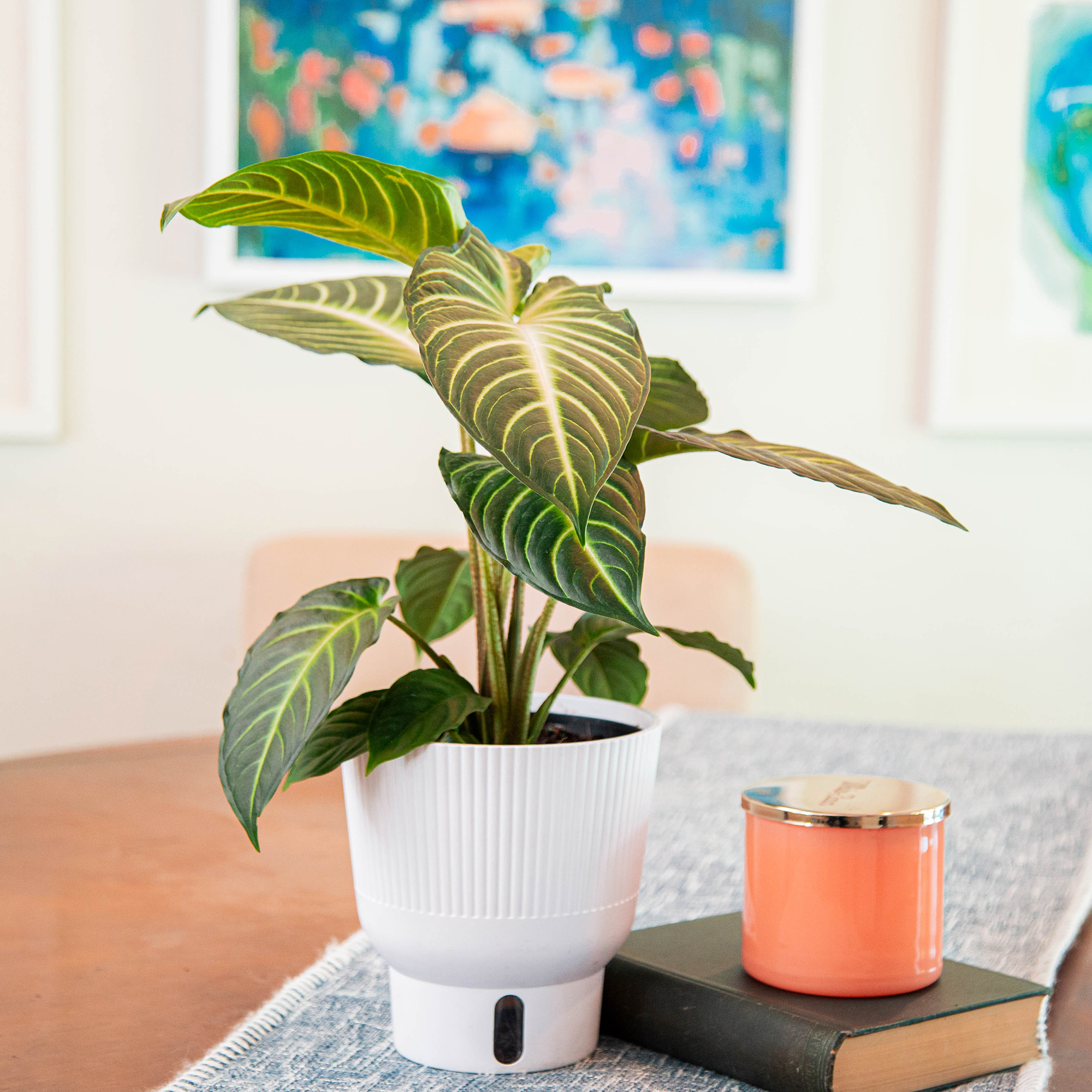Christmas Cactus Root Rot: How To Identify, Treat & Prevent This Deadly Disease
Root rot must be treated promptly if plants are to survive. Learn how to spot the signs and save your Christmas cactus from this most dreaded disease.
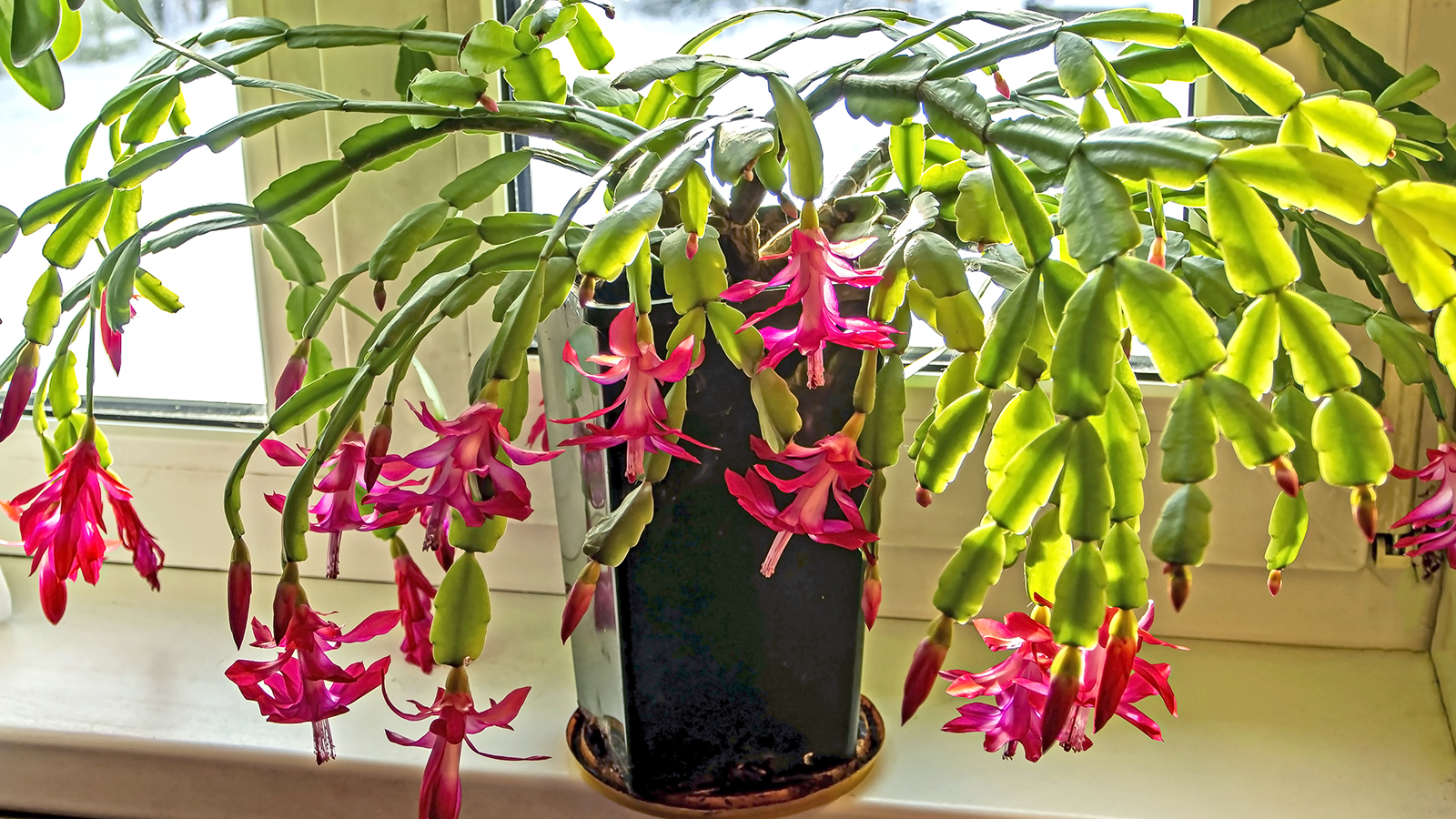

Mary H. Dyer
You’d be hard-pressed to find a houseplant that offers more bang for your buck than a Christmas cactus. These easy-care plants light up your home with brilliant flowers during the holiday season, and can do this year after year for a century or more… as long as they don’t succumb to root rot.
Christmas cactus root rot is a fungal disease caused by improper watering or poor drainage. It is one of the most common and lethal Christmas cactus problems, but early treatment can save the plant.
Christmas cacti (Schlumbergera x buckleyi) are not weak or sickly plants in general. They are tropical cacti, native to South American rainforests, that grow as epiphytes in the shady branches of trees. Christmas cactus care is fairly straightforward and is largely centered around getting them to bloom. However, if these succulents receive too much water – whether through overwatering or as a result of heavy soil – they can quickly develop root rot.
As Christmas cacti are similar to the other types of holiday cactus, you can apply the below advice to Thanksgiving cactus and Easter cactus plants too.
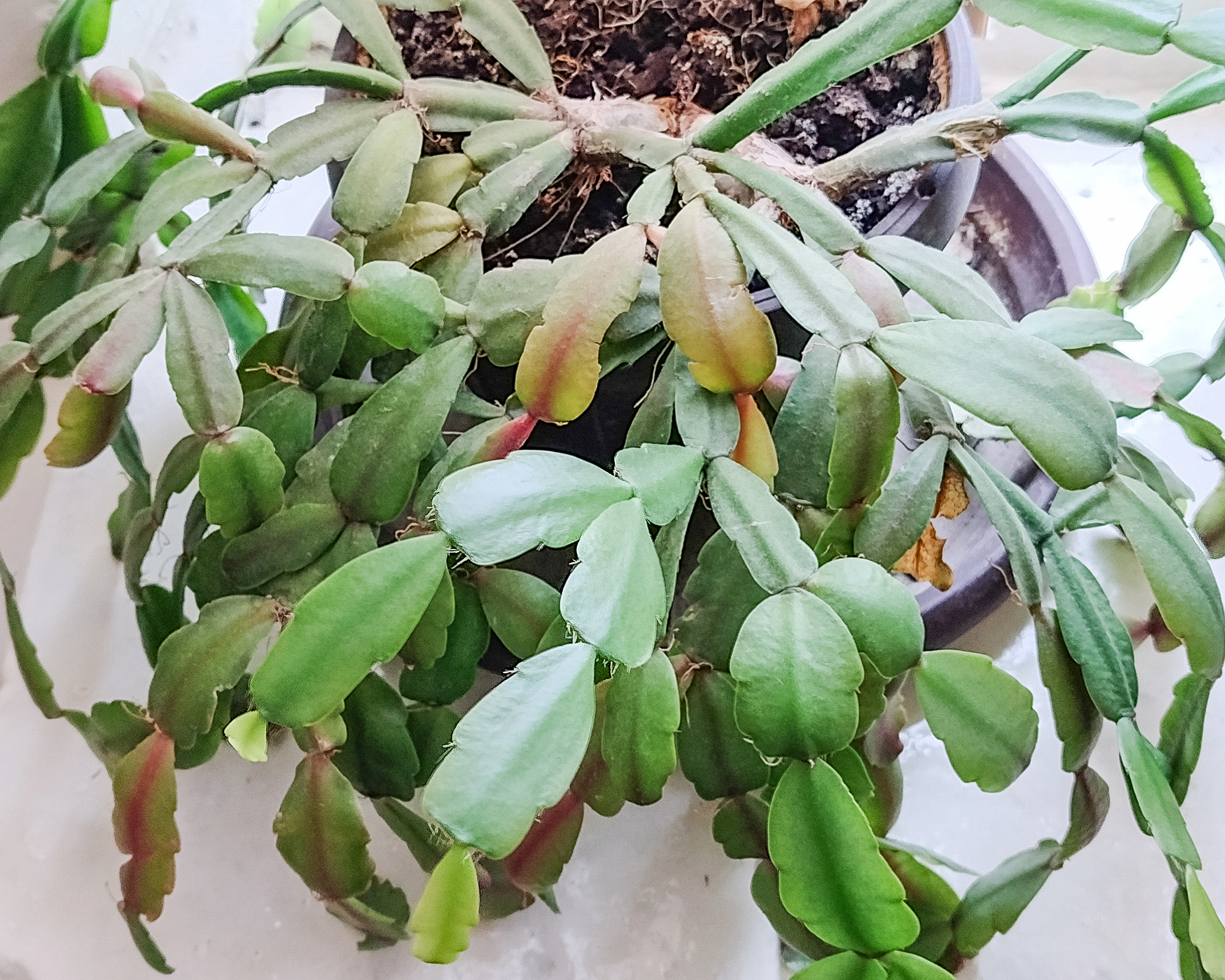
What Does Root Rot Look Like on a Christmas Cactus?
Inspect your plants regularly so you can spot the signs of Christmas cactus root rot as soon as possible. A wilted Christmas cactus with limp, sagging branches, sometimes yellow leaves, and a foul smell are obvious symptoms, but an inspection of the roots will confirm the diagnosis.
Gently tip the pot over and slide the rootball out into your waiting hand. If the cactus is affected by rot, the roots will display blackened tips. Depending on the severity of the disease, rotten Christmas cactus roots will be slimy with black or brown decay.
How to Save a Christmas Cactus From Root Rot
If you determine that your Christmas cactus has root rot, it's critical to act fast:
Sign up for the Gardening Know How newsletter today and receive a free copy of our e-book "How to Grow Delicious Tomatoes".
- Remove the Soil
The first step of overwatered Christmas cactus care is to remove the plant from its soil as quickly as possible. - Clean the Roots
Dislodge some of the soil from the outside of the root clump, then rinse the roots under fresh running water. Ensure this is tepid rather than cold or hot, to prevent shocking the plant. - Cut Away the Rot
Using sterilized pruners or sharp scissors, take off any darkened or affected roots. - Apply Fungicide
Treating root rot with fungicide is an optional step that can help to stop root rot from spreading. For a natural solution, lightly dust cinnamon over the roots – but not too much or it could have a caustic effect. - Dry the Roots
To help the plant dry its roots, put a few absorbent paper towels on a plate, then set the plant on it. Move it into a warm, airy location and let it dry overnight. - Repot the Cactus
While the plant is drying out, learn how to repot a Christmas cactus correctly, then the next day, repot it in a clean container with fresh, light potting soil. Be sure the pot has drainage holes so the soil can drain freely. The best Christmas cactus soil includes sand, perlite, or vermiculite to aid drainage. - Wait Before Watering
Don't add water for a further 24-48 hours, then wait until the soil dries completely before adding more water.
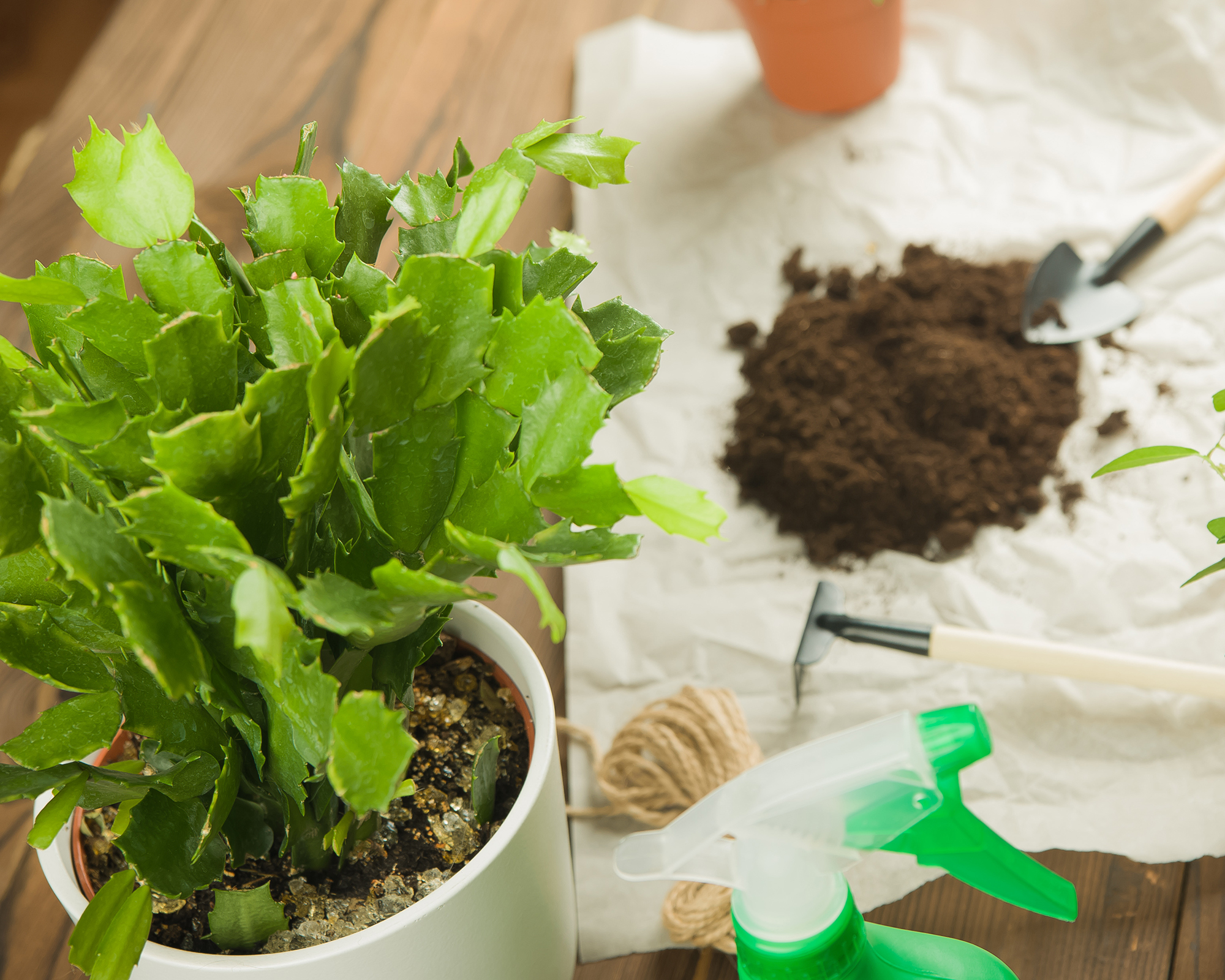
How to Prevent Root Rot in Christmas Cacti
It is rare to see Christmas cacti suffering from root rot in their native environments. Since they grow as air plants, their roots are not buried in soil. Potting your plant up in light, well-draining soil and allowing the soil to dry out completely between waterings, is the recipe for preventing root rot in these cacti.
In the quest to avoid overwatering your Christmas cactus, don't let it dry out too much. These plants are succulents, storing water in their puffy leaves. This makes it harder to tell if they need a drink. If you leave it so long the leaves start to wither, the plant will not be able to take up water at the normal rate. If you apply too much water at this stage, then you will end up with soggy soil, potentially leading to root rot.
A responsive Christmas cactus watering regimen will avoid this issue – every few days push your finger down into the soil. If the top inch feels dry, then water deeply and let it drain through before returning to its outer pot or saucer. Never let the plant stand in water.
Water sparingly during the winter months, but don't allow the potting mix to become bone dry. Place the plant in bright sunlight during fall and winter and in light shade during spring and summer. Apply Christmas cactus fertilizer once a month during spring and summer.
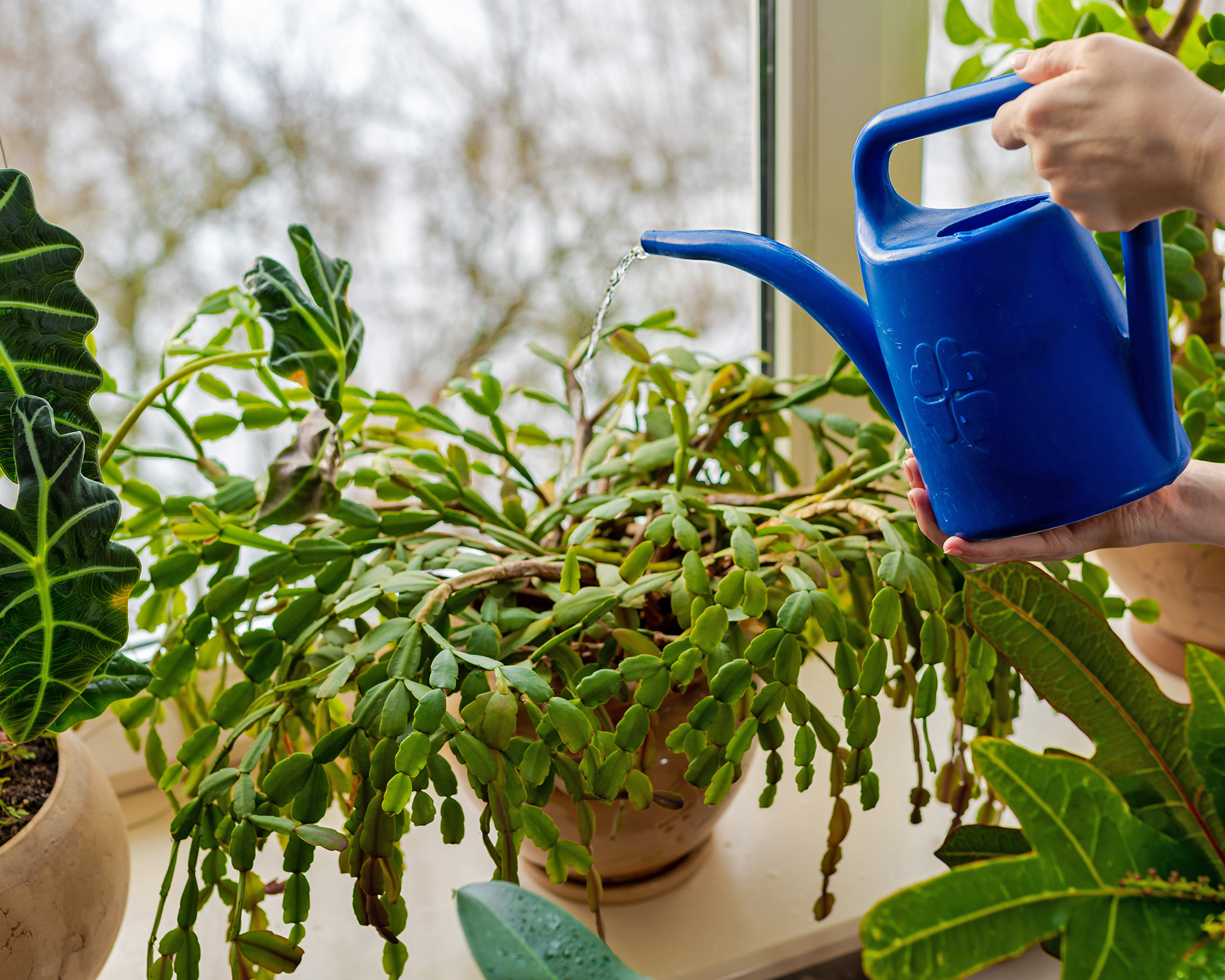
Will My Christmas Cactus Recover From Root Rot?
Rot is a deadly disease and once it progresses, the only option is to discard the plant and start fresh. However, if part of the plant is healthy, then not all is lost.
Before starting treatment, learn how to propagate a Christmas cactus from root cuttings. This will enable you to grow a new plant in case you are unable to save the original.

Teo Spengler is a master gardener and a docent at the San Francisco Botanical Garden, where she hosts public tours. She has studied horticulture and written about nature, trees, plants, and gardening for more than two decades, following a career as an attorney and legal writer. Her extended family includes some 30 houseplants and hundreds of outdoor plants, including 250 trees, which are her main passion. Spengler currently splits her life between San Francisco and the French Basque Country, though she was raised in Alaska, giving her experience of gardening in a range of climates.
- Mary H. DyerWriter
